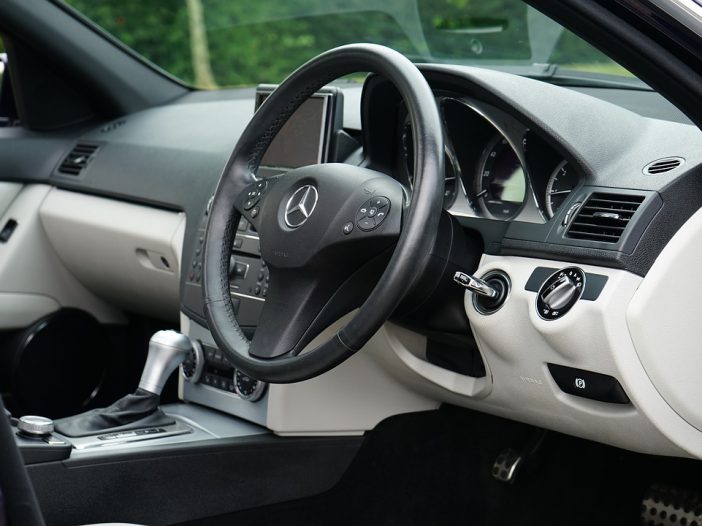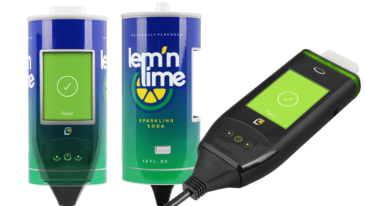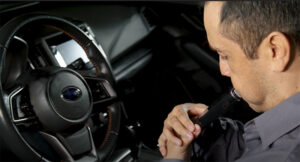
How to Avoid Interlock Device Issues
If you have an interlock device installed on your car, you’ll need to be aware of certain issues that may arise. However, the best way to avoid problems is to take measures to prevent them from happening in the first place.
In this post, we’re going to cover some of those preventative best practices that you should pay attention to so you can do whatever possible to avoid running into any problems. Let’s dive in.
Choose a Provider with a Service Center Near You
While this tip doesn’t necessarily relate to the interlock device itself, it’s a good piece of advice nonetheless. Since you have the option to choose your interlock device provider, you should choose one that has a service center near where you work or live.
This might not seem like a big deal, but consider that you will have to go in for (usually monthly) recalibration appointments to ensure that your device is working properly, so you don’t want to pick a provider who’s service center is a great distance away. Choose one nearby to make your life more convenient by limiting the time you spend driving back and forth. Click here to find a Low Cost Interlock location near you.
Avoid Mouthwash
If you’re someone who routinely uses mouthwash, you should make sure you don’t use it right before you plan to drive. Mouthwash has high concentrations of alcohol that will cause you to fail a breath test. You should make sure to rinse out your mouth with water as well as you can before taking your breath test.
To be extra safe, you should wait 15 minutes after using mouthwash to allow the alcohol content to dissipate, or switch to low or non-alcoholic mouthwash or spray.
Maintain a Consistent Breathing Pattern
Your interlock device will be tailored to a specific breathing pattern that you will set during installation. If you use a different breathing pattern during a test, you will cause a failed breath test. You can avoid this by not trying to start your car immediately after exercising when you are still out of breath.
Always try to breathe normally exactly the way you did when you were trained so your device will recognize your breathing pattern. You should also respond to any tones in the way you were instructed by your installation technician.
Other best practices in regard to your interlock device include exhaling into your device straight on and not from any angle. You should also make sure to keep to your required monthly calibration appointments so the data can be taken from the device and any needed maintenance can be performed. This is the only way for you to troubleshoot any problems, as attempting to do so yourself may result in a tampering alert.


